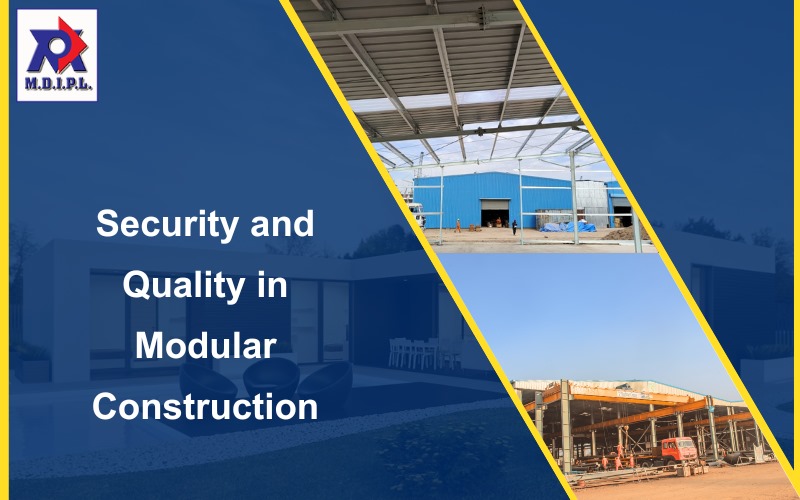“Are modular buildings secure?” “Are they safe?” we often hear this type of question in modular building construction. The simple answer is YES, modular/prefab buildings, schools, offices and staff accommodations are built to be extremely durable, safe and secure.
Prefabricated buildings are manufactured to be structurally sound and last for decades, and quality control inspections take place throughout each project from the highly controlled manufacturing facilities, specialized skilled workers.
But the main question is “Are they safe in an Earthquake zone?”
Manufactured in Controlled Environment
Prefabricated buildings are constructed by combining the components that have already been built off-site in a factory and then transported to the on-site for assembly. The parts are assembled together easily and quickly on the construction site. The fitting or implementation of components can be done for every portion of a building, right from windows, wall panels and ceiling slabs, rooftops, and manufacturing of complete building units. The application of the prefabrication process requires a lot of planning, that’s why these buildings are built in highly controlled factory environments.
Rules for Quality Inspections
According to ‘The Hindu’, The National Building Code dictates that four engineers – ground engineer, structural engineer, review consultant, and construction engineer –should certify the product. This is the way through which every aspect of the building comes with a commitment from the builders. Prevailing laws also provide for prefabricated construction as along they meet the safety and standards technology is not a limitation.
During any modular construction project, as the individual module moves down the assembly line special inspections are to be done with more focus on each step of the process. This unique quality control strategy helps in saving time and keeping costs down by allowing the imperfections to be caught and corrected without affecting the other areas of the project. When the project is completed on the construction site, the final inspection undergoes for conventionally built counterparts to final assembly. While many of the companies make sure that they provide over the top service, some contractors have the habit of letting the little things go and then this may create problems later. That’s why a final inspection is always necessary.
We need to increase public awareness. Make the buyers understand the benefits of quality, durability, and safety.


